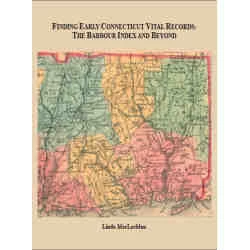
The following review appears in the Massachusetts Society of Genealogists journal, MASSOG, Volume 48 (2023-2024), No. 2
The Royal Descents of 900 Immigrants to the American Colonies, Quebec, or the United States, Second Edition in Three Volumes, by Gary Boyd Roberts (Baltimore, MD: Genealogical Publishing Company, 2022. cxciii + 1,725 pp. Index. Softcover $190.00). Order from Genealogical.com.
If you’re intrigued by the fact that former US President Barack Obama is a descendant of England’s King Edward I (d. 1307) and his wife, Eleanor of Castile—and you’d like to know what sources can be used to trace this heritage—then this three-volume set contains a treasure trove of information that may interest you.
The newly revised and expanded edition of RD 900 traces a total of 993 North American immigrants back to their medieval ancestors among Europe’s nobility—often kings of England, Scotland, or France. As explained in the introduction, the immigrants fall into three categories: prominent colonial figures (governors, founders, clergymen, and so on) who often returned to Europe; notable people from the 19th and 20th centuries, as well as their spouses, parents, and grandparents; and colonial immigrants with large numbers of descendants, some of whom are listed in American National Biography, the Dictionary of American Biography, and similar sources. In Volumes I and II, most of the immigrants are divided into sections based on the historical period of their royal ancestor. Volume III is the index.
Each descent is presented as a numbered list of couples in the immigrant’s family line, starting with the selected royal ancestor. The author has chosen the “best” royal descent for each person, meaning the most recent king in the family tree. The descent concludes with a list of the sources used for research. This format is clean and easy to read, and both immigrants and ancestors (as well as people in the intervening generations) are listed in the index.
Readers may wonder how so many people living in North America today have royal ancestry. The author outlines the pattern in his introduction: The younger sons or daughters of kings become or marry nobles; their younger children become or marry “gentry”—knights, manorial lords, gentlemen, and so on; the younger children of the gentry become or marry merchants, clergymen, Puritan or Huguenot leaders, university fellows, bureaucrats, or professional soldiers; finally, these people, or their younger sons and daughters, emigrate to North America.
RD 900 condenses over 50 years of research into a highly practical and useful digest. Readers can delve deeply into the author’s historical background information and explanation of how the book was developed, or they can go straight to the index to look up the names of people related to their own research. Either way, RD 900 is a valuable resource for genealogists at all levels.





